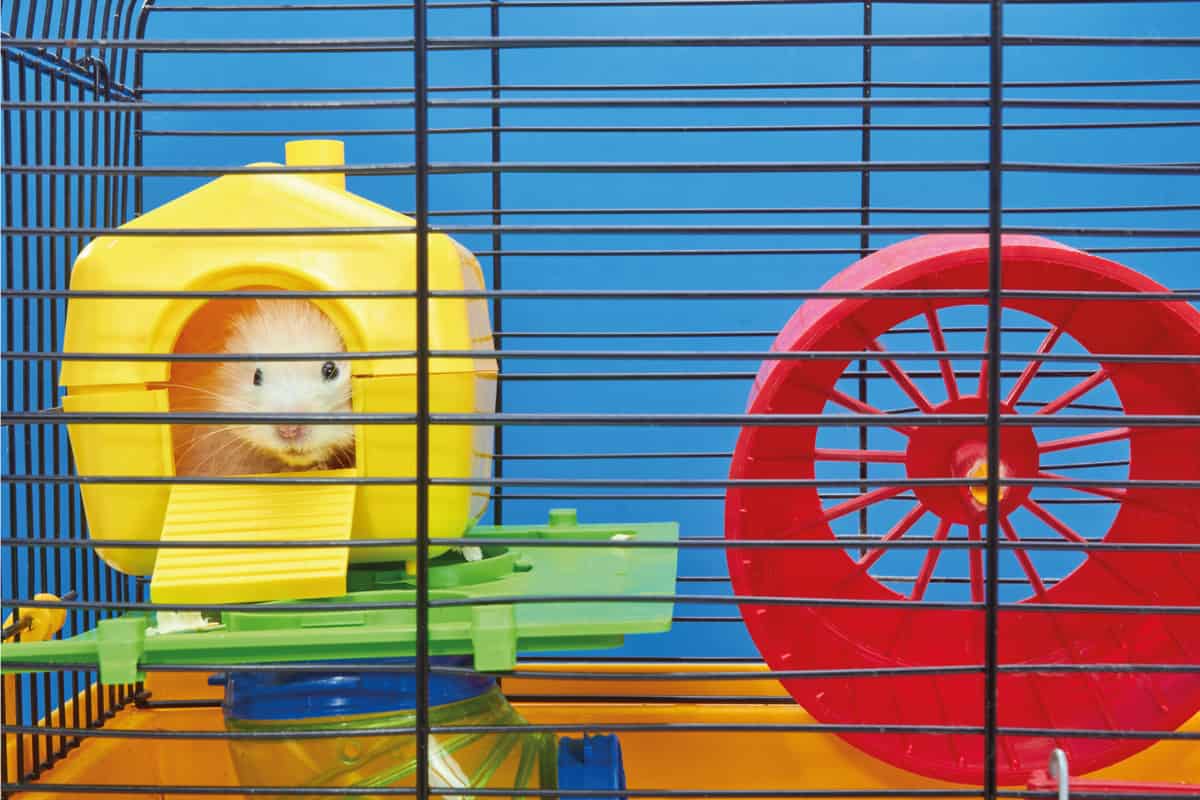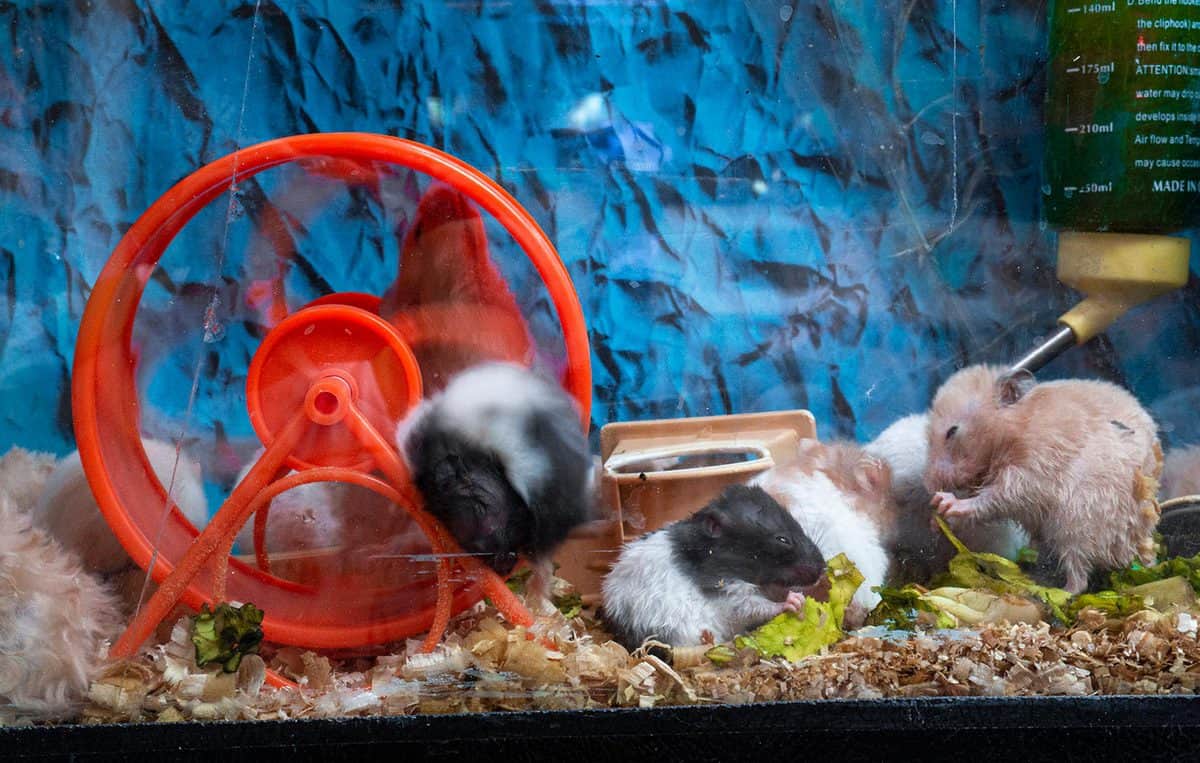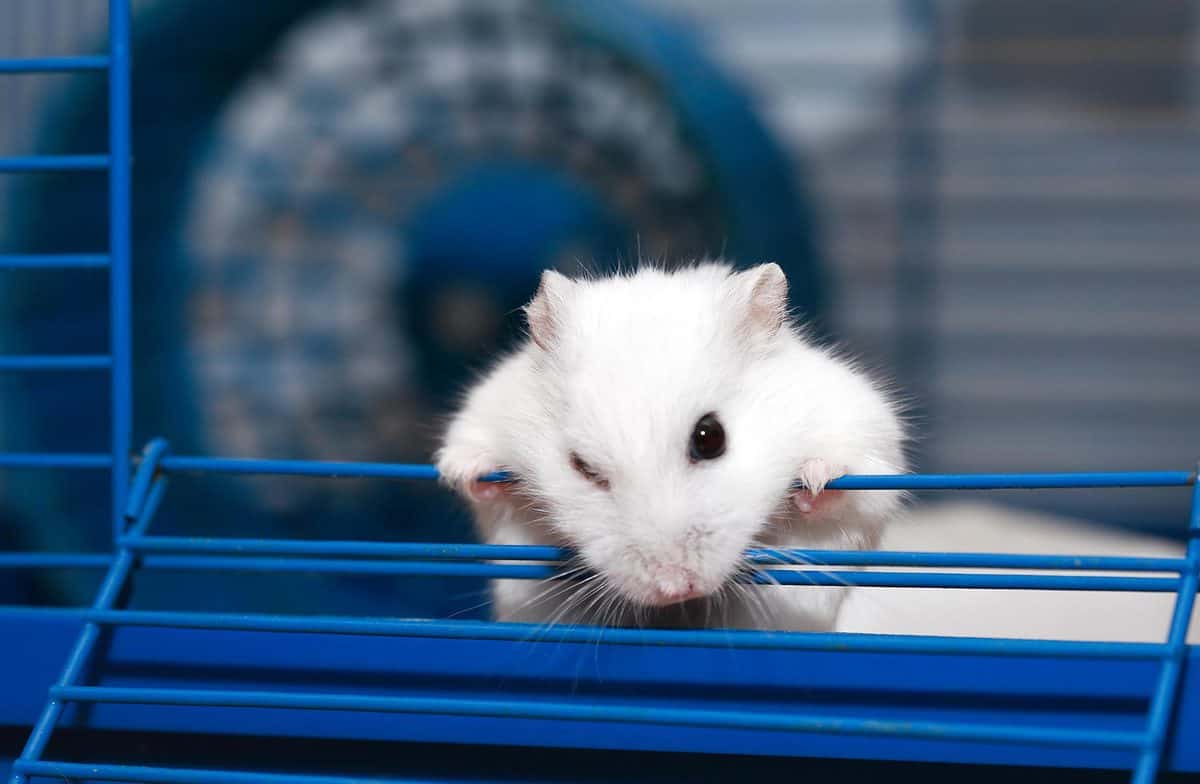You are looking to find a suitable home for your hamster pet and want to make sure you get the right size. There are different kinds of cages for fish, reptiles, mice, and hamsters. Syrian and Dwarf hamsters have different size requirements, but they are still very similar. With that being said, is a 20-gallon tank big enough for these hamster breeds? We've done the research to bring you the answer.
According to most sources, a 20-gallon tank is big enough to house one Syrian hamster or two Dwarf hamsters. The most important measurement is the base size, which is the length and width of the cage. A Syrian hamster should have a minimum of a 24-inch x 12-inch base. This is the measurement of a 20-gallon tank that is 12 inches tall. Choose a tank that has more length than height to give your hamster more space to move around.
Hamsters are small, but they are very active. The height of the tank is not important, but the size of the base will give them more space to move around. There are some key differences between Syrian and Dwarf hamsters to consider before buying your cage, so we will give you all the important details. Keep reading to find out more about choosing the right hamster cage.

What Is The Best Size Hamster Cage?
When it comes to hamster cages, bigger is always better. In the wild, an average hamster will run for eight miles each night while foraging for food. Giving them a bigger tank will support their exercise, health, and happiness.
A 20-gallon tank is the minimum size for holding one Syrian hamster or two Dwarf hamsters. You may even consider getting a cage as big as 50 gallons. The base measurement minimum is the most important measurement. The minimum size to consider is 24 inches x 12 inches. You may consider getting a cage as large as 46 inches x 22 inches or larger to give your hamster plenty of space. This is a great choice if you have the money and the space in your home to accommodate an extra-large cage.
Click here to see this extra-large cage on Amazon.
How Are Cages Different For Syrian And Dwarf Hamsters?

Syrian hamsters are larger and thus require more space. The most important difference between these two types of hamsters is that Syrian hamsters are solitary and should only be housed with one hamster per cage. Meanwhile, Dwarf hamsters are social and should be housed with at least one other Dwarf hamster companion, if not more.
What Do You Need In A Hamster Cage?
It is important to have a hamster cage that is an adequate size for your little pet. It is equally important to provide the necessities for your hamster and something fun to keep them occupied. Hamsters need food, water, and shelter like any other human or animal.
You need a water bottle, food bowl, and enough bedding for the hamster to burrow. You should have a minimum layer of two to three inches of bedding and make sure to keep it clean. A hamster wheel is vital for exercise and chew toys are important for the health of the hamster's teeth.
For more guidance on this topic, check out our post, "How To Set Up A Hamster Cage."
How To Clean A Hamster Cage?
We've established the importance of a large enough cage for your hamster that has plenty of bedding material. To keep your hamster healthy and happy, you need to make sure you keep the cage cleaned. The best method is to spot clean the cage every couple of days by pulling out any soiled bedding material.
Cleaning out the entire cage should be done every one or two weeks for a smaller cage and at least once per month for a larger cage. This involves moving your hamster to another safe location, such as a hamster ball.
Then you remove all accessories and take out all of the soiled bedding. The hamster will be upset if you replace all of the bedding, so it is important to only remove soiled bedding when doing a thorough cleaning.
Read this post for more tips on cleaning your hamster cage.
Is It Okay To Keep A Hamster In A Fish Tank?

Hamsters can be kept in a fish tank or aquarium as long as there is a tight fitting mesh lid. This will allow for enough airflow for your hamsters to live comfortably. There are some advantages to using an aquarium as a hamster cage.
For one, there are more options on the market and larger sizes available. The hamster cannot chew on the cage either. Any dogs or cats in your house will be much less likely to gain access to your hamster, making it a safer option if you have potential predators in your home.
Can Hamsters Escape From A Cage?

Hamsters are known as escape artists. They can use their nose strength to push open the mesh lid on an aquarium tank or unlatch the wire door of the cage. Keep your hamster tank away from predator pets in case your hamster hatches an escape plan. You may wish to add tape around the top of the mesh lid or add extra weight to all four corners.
If you have a wire cage, you should invest in another lock strategy to make sure your hamster cannot open the cage door.
Click here to see this spring latch on Amazon.
Are Hamsters Happy In Cages?
Hamsters can live a happy life in a cage, but they can also be unhappy if certain needs are not met. Syrian hamsters are solitary creatures and will be unhappy if they do not have enough space, or if they need to share their space with another hamster. Dwarf hamsters are social and will be unhappy if they are housed alone without any friends.
Hamsters need their basic needs met. They should have some wooden chew toys to help their teeth stay strong and grow. An exercise wheel is an essential item for both kinds of hamsters. Dwarf hamsters should have a light weight wheel that is smaller than a syrian hamster exercise wheel.
Hamsters should have enough bedding to cover the cage bottom with a minimum depth of two to three inches. This is because hamsters need to burrow to rest and feel safe in their homes.

What Happens If A Hamster Cage Is Too Small?
A cage that is too small for your little pet will cause stress and lead to depression. You may notice some behaviors from your hamster if the cage is too small. These signs include your hamster biting the wires of the cage, climbing up the cage, and trying to escape.
If you are noticing these behaviors from your hamster, then you may consider upgrading to a larger cage size. Make sure you have enough bedding layered with a minimum of two to three inches. This is necessary for the health of your hamster and helping them to feel safe in the cage.

In Closing
A 20-gallon tank is big enough for one Syrian hamster or two Dwarf hamsters. While this is a sufficient size, a bigger cage is always better. If you have the space in your home to place a larger cage, you may consider getting something as large as 55 gallons. A hamster cage cannot be too big. Include a minimum layer of two to three inches of hamster bedding to allow for burrowing.
Fish tanks can be used to house hamsters and should be sealed with a mesh lid to allow enough airflow for your pet. Fish tanks are more likely to be taller, but hamsters need a minimum of a 24-inch x 12-inch base. A longer tank is better than a taller tank for all hamsters. Keep a Syrian hamster solitary in the cage to prevent stress and to keep him or her happy. Make sure you have at least two Dwarf hamsters in one cage, so they can meet their social needs and stay happy.






minimum cage size is 450sqinch also, don’t house hamsters together